6 Ways to Save With Landscaping Services
By Kevin Marino | September 26, 2025
Discover numerous ways to optimize costs while enhancing the beauty and functionality of your outdoor space. This guide explores practical strategies, tips, and insights to make the most of your landscaping budget.
1. Planning and Design
Proper planning and design are the first steps towards making cost-effective decisions in landscaping. Assessing your current landscape is essential to understanding what elements you can retain or need to change. This process involves evaluating the current plant health, soil condition, and structural elements like patios or retaining walls. By understanding what you have, you can set realistic expectations and avoid unnecessary expenses. The assessment helps identify areas that can be improved while prioritizing elements that need immediate attention.
Setting a realistic budget and clear goals for your landscaping project is crucial to keeping costs manageable. Many homeowners overlook the importance of setting a firm budget, which can lead to overspending and incomplete projects. Consider not just the initial costs, but also the long-term maintenance expenses associated with your desired landscape features. Additionally, prioritizing your goals, whether aesthetic enhancement or functional upgrades, ensures that money is allocated towards the most important aspects. By having a clear financial plan, you enhance both accountability and satisfaction as your landscape begins to take shape.
Designing for low maintenance is a smart strategy to save time and money in the long run. Low-maintenance landscapes reduce the need for frequent repairs and expensive upkeep. Choose plant species that thrive in your local climate and require minimal water and nutrients. Simplifying design elements, such as opting for fewer ornate features and more natural, durable materials, also helps lower costs. Incorporating sustainable practices, like drought-tolerant plants and efficient irrigation, further supports a practical, budget-friendly design.
2. DIY vs Professional Services
When considering landscaping projects, it's important to evaluate your DIY skills critically. Undertaking projects yourself can be rewarding and cost-effective, but only if you have the necessary skills, time, and resources. Simple tasks like planting flowers or assembling garden furniture can be managed by most homeowners. However, more complex tasks, like installing a sprinkler system or paving a driveway, might benefit from professional expertise. Balancing DIY efforts and outsourcing complex jobs maximizes cost-savings and ensures high-quality results.
Understanding when to hire professionals can prevent costly mistakes. Professionals bring a wealth of experience, often completing tasks more efficiently and effectively than a novice could. They also have access to professional-grade tools and equipment that might be too expensive for the average homeowner to purchase for one-time use. Consider the value of your time and the potential costs associated with correcting DIY mistakes. A professional service can offer valuable insights, potentially saving you money and frustration in the long run.
Comparing the costs of DIY versus professional services can guide your decision-making process. While DIY projects initially appear cheaper, the cumulative costs of materials, tools, and possible repairs can add up. According to Zippia, the typical American family household spends around $500 annually on lawn care and gardening. By strategically combining DIY efforts with professional assistance, homeowners can enrich their landscapes without exceeding this typical budget. The goal is to ascertain when professional services provide greater value than the temporary savings DIY might offer.
3. Seasonal Planning and Maintenance
Scheduling seasonal chores is a proactive way to manage landscaping expenses effectively. By adhering to a regular maintenance schedule, homeowners can prevent minor issues from escalating into costly repairs. Seasonal tasks include preparing the garden beds in spring, fertilizing, and pest control during summer, and pruning and mulching in fall. Regular maintenance not only saves money but also ensures a healthy and attractive landscape. Seasonal attention to your garden will reduce the frequency and cost of major overhauls down the line.
Taking advantage of off-season discounts can also aid in keeping costs down. Many landscaping companies offer reduced rates for services during the off-peak times, such as late fall or winter. Purchasing materials and plants during sales or at the end of peak seasons can result in significant savings. Being flexible with your timing allows you to capitalize on these discounts and stretch your landscaping dollar further. By planning projects around sales and off-season opportunities, you optimize your budget effectively.
Efficient fertilization and watering techniques are crucial for maintaining a lush landscape without exorbitant water bills. Over-fertilizing or over-watering can be harmful to both your plants and your wallet. Utilize techniques such as drip irrigation, rainwater harvesting, and mulching to conserve water. Soil testing can also help determine the exact nutrients your plants need, preventing waste from over-fertilization. These methods not only promote healthy plant growth but also contribute significantly to reducing overall landscaping costs.
4. Sustainable Landscaping Practices
Adopting sustainable landscaping practices not only benefits the environment but can also reduce long-term costs. Choosing native plants is a sustainable approach that minimizes the need for extensive care and resources. Native plants are adapted to local climate conditions and typically require less water and fertilization. They also tend to be more resistant to local pests and diseases, reducing the need for chemical interventions. This approach enhances your landscape's resilience while keeping ongoing maintenance costs minimal.
Implementing water-saving techniques is a practical step towards sustainable landscaping. Water-saving methods include installing rain barrels, using permeable pavers, and setting up efficient irrigation systems like drip irrigation. These systems deliver water directly to plant roots, minimizing evaporation and waste. By reducing water usage, you are not only conserving a valuable resource but also cutting down on your water bill. The cumulative savings can be significant over time, reinforcing both environmental and economic benefits.
Building with recycled materials is another sustainable strategy that supports cost-saving efforts. Recycled materials such as reclaimed wood, stone, and composite decking are often more affordable than new materials. Additionally, they reduce waste and the demand for new resources, benefiting the environment. Integrating these materials into your landscape design can yield a unique aesthetic while enhancing durability. The use of recycled materials promotes sustainability, creativity, and budget efficiency in your landscaping projects.
5. Innovative Landscaping Solutions
Innovative landscaping solutions, such as edible landscaping, provide aesthetic and economic benefits. By integrating fruit trees, berry bushes, or herb gardens into your landscape, you create a dual-purpose space that offers food and beauty. Edible landscaping reduces grocery bills while encouraging fresh, home-grown produce consumption. This approach transforms your landscape into an investment, yielding returns through savings on food costs. Such multifunctional spaces epitomize cost-effective and sustainable landscaping.
Vertical gardens and green walls utilize limited space while offering environmental and financial advantages. These features can be customized with ornamental plants or vegetables, enhancing your home’s insulation and reducing cooling costs. Vertical spaces also afford privacy and can soften harsh architectural elements. By maximizing the use of vertical areas, homeowners can expand their gardening footprint without sacrificing additional land. Green walls are a testament to how innovative design can bridge the gap between aesthetics and functionality.
Investing in smart irrigation systems helps conserve water and reduces costs associated with overwatering. Technologies like weather-based controllers and soil moisture sensors adjust watering schedules based on actual needs rather than preset times. This decreases water wastage and optimizes irrigation efficiency. While the initial investment might seem high, the reduction in water usage can lead to substantial savings on utility bills. Over time, a smart irrigation system pays for itself through reduced resource consumption and enhanced plant health.
6. Leveraging Technology and Resources
Leveraging technology through landscaping apps and software can streamline the design and maintenance process. These digital tools offer features such as garden planning, project management, and plant identification. Apps provide tailored advice based on your local climate, plant preferences, and landscape goals. This guidance can help prevent costly mistakes and ensure efficient use of resources. Utilizing technology empowers homeowners to make informed decisions, enhancing both the quality and affordability of their landscaping projects.
By employing these strategies, you can enjoy a beautifully landscaped space without overspending. Whether choosing sustainable practices or leveraging cutting-edge technology, these tips ensure a vibrant and cost-effective outdoor area. Be sure to reach out to K&R Landscaping today for more information on our professional landscaping services!
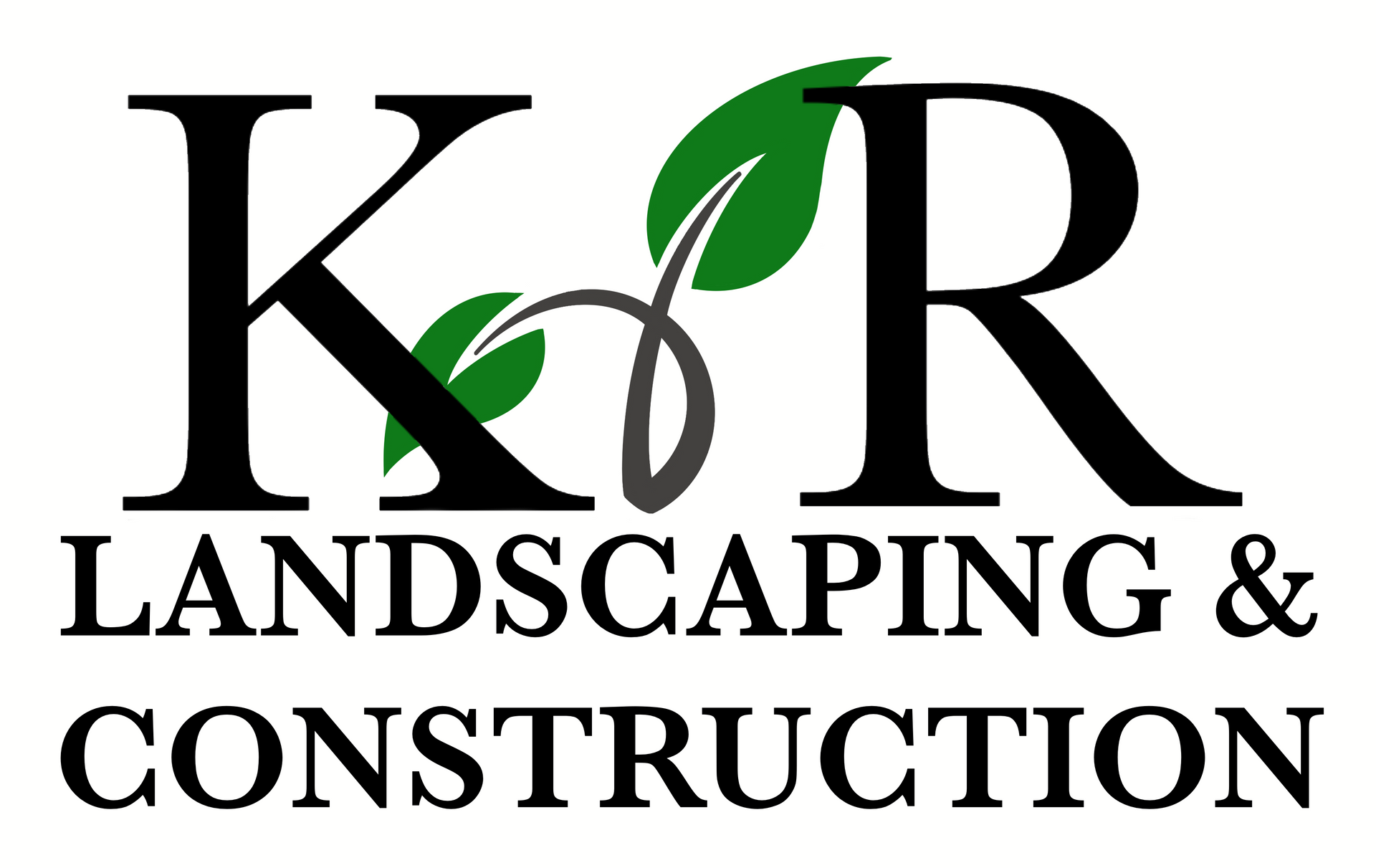
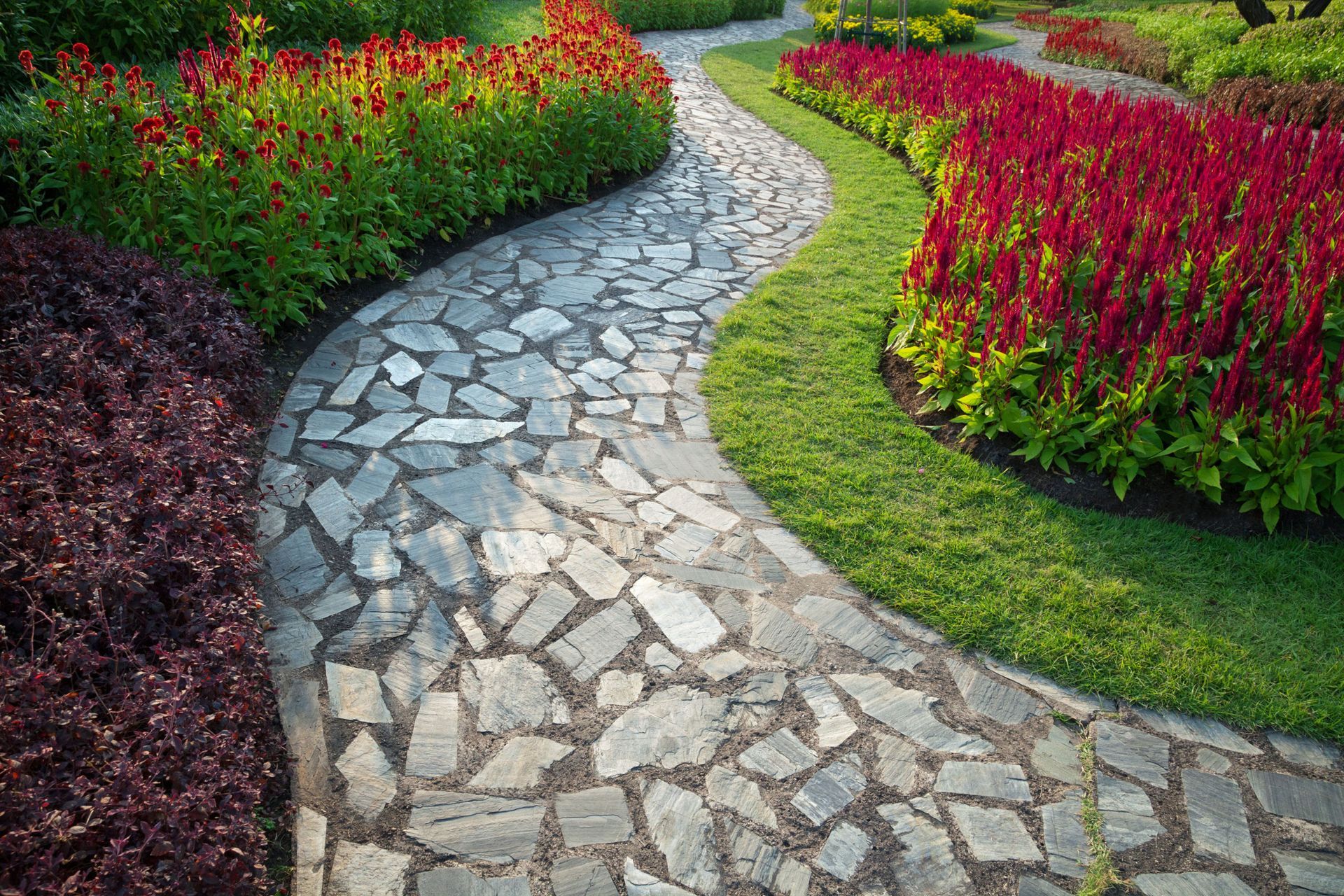
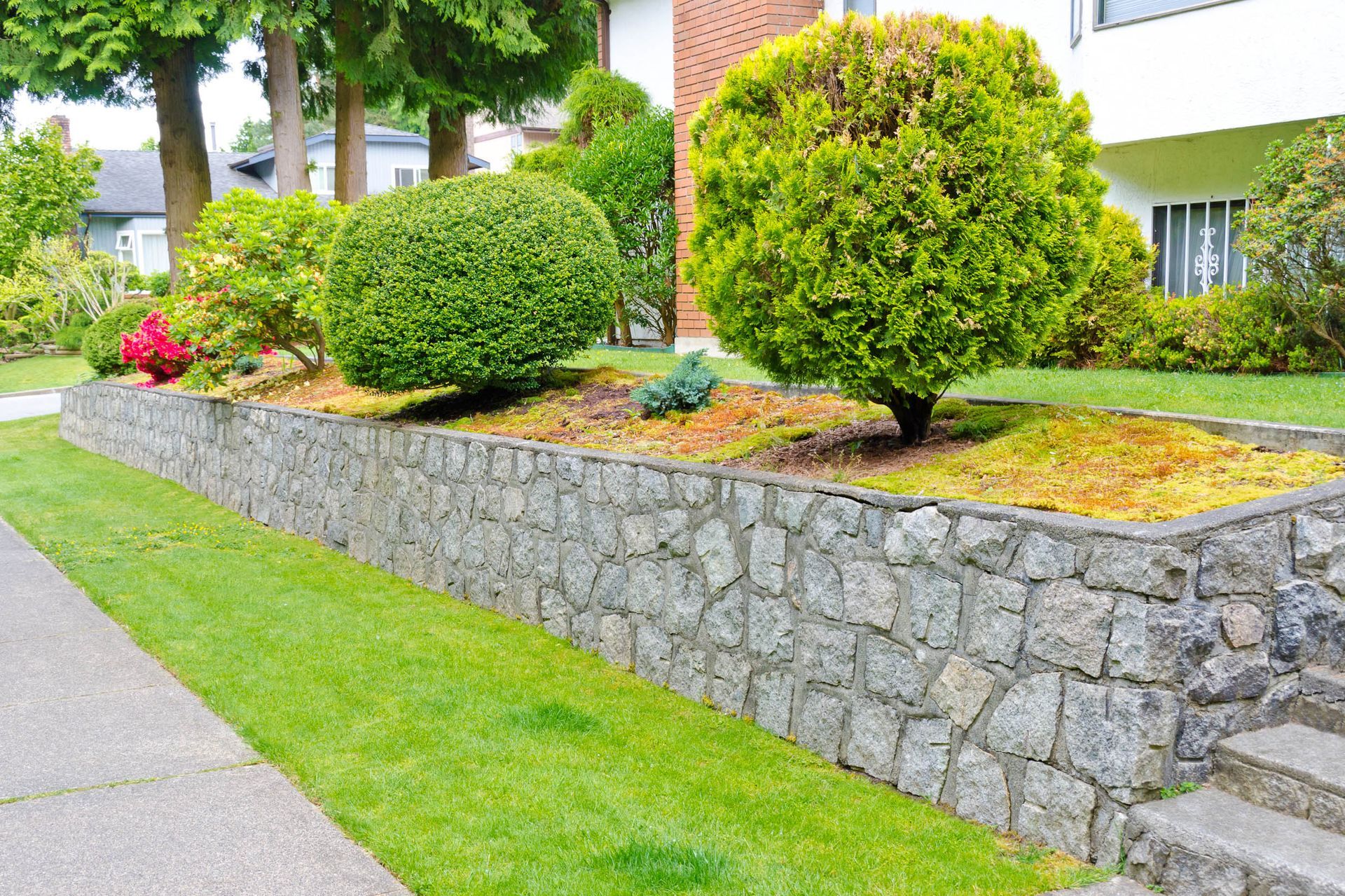
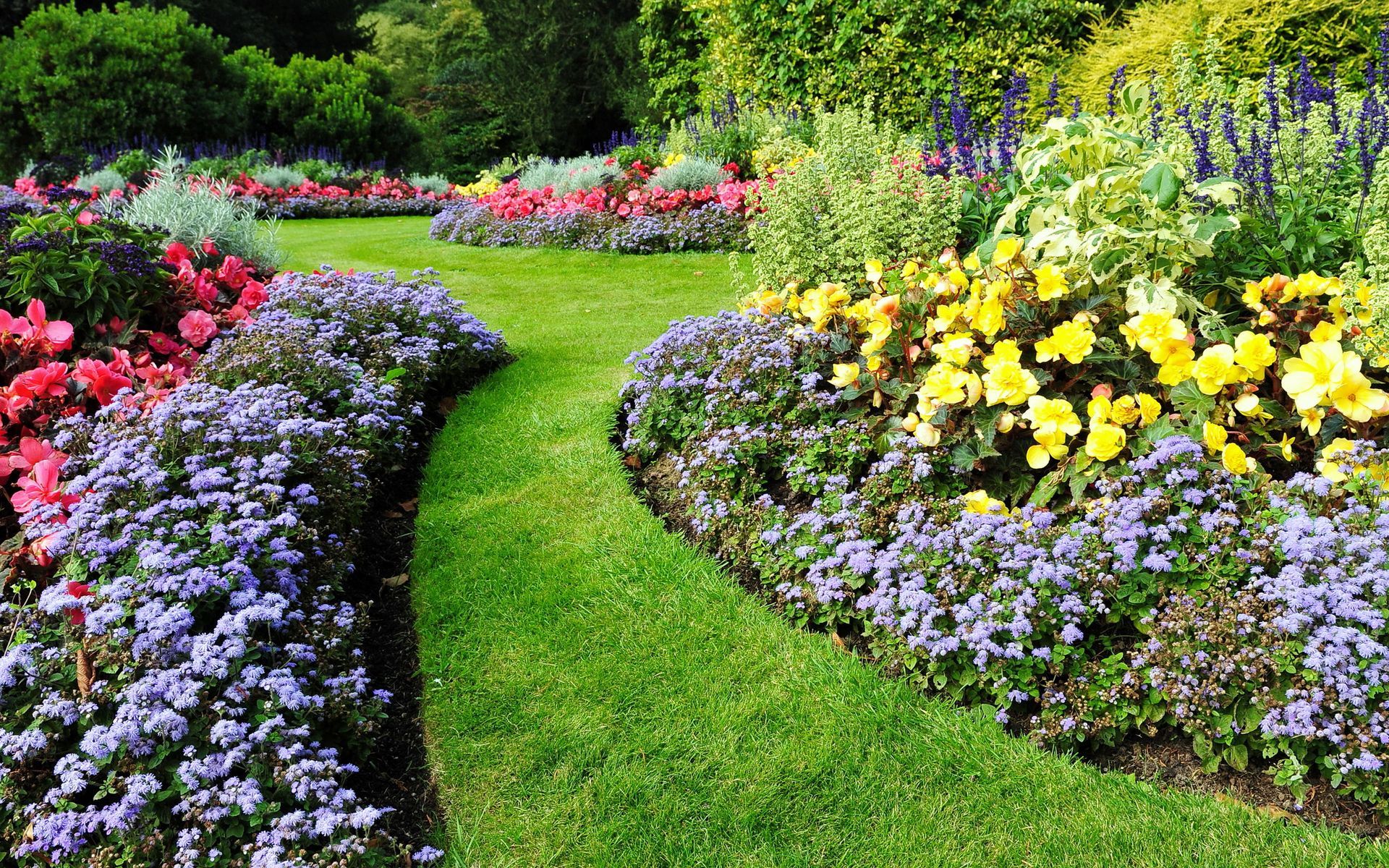

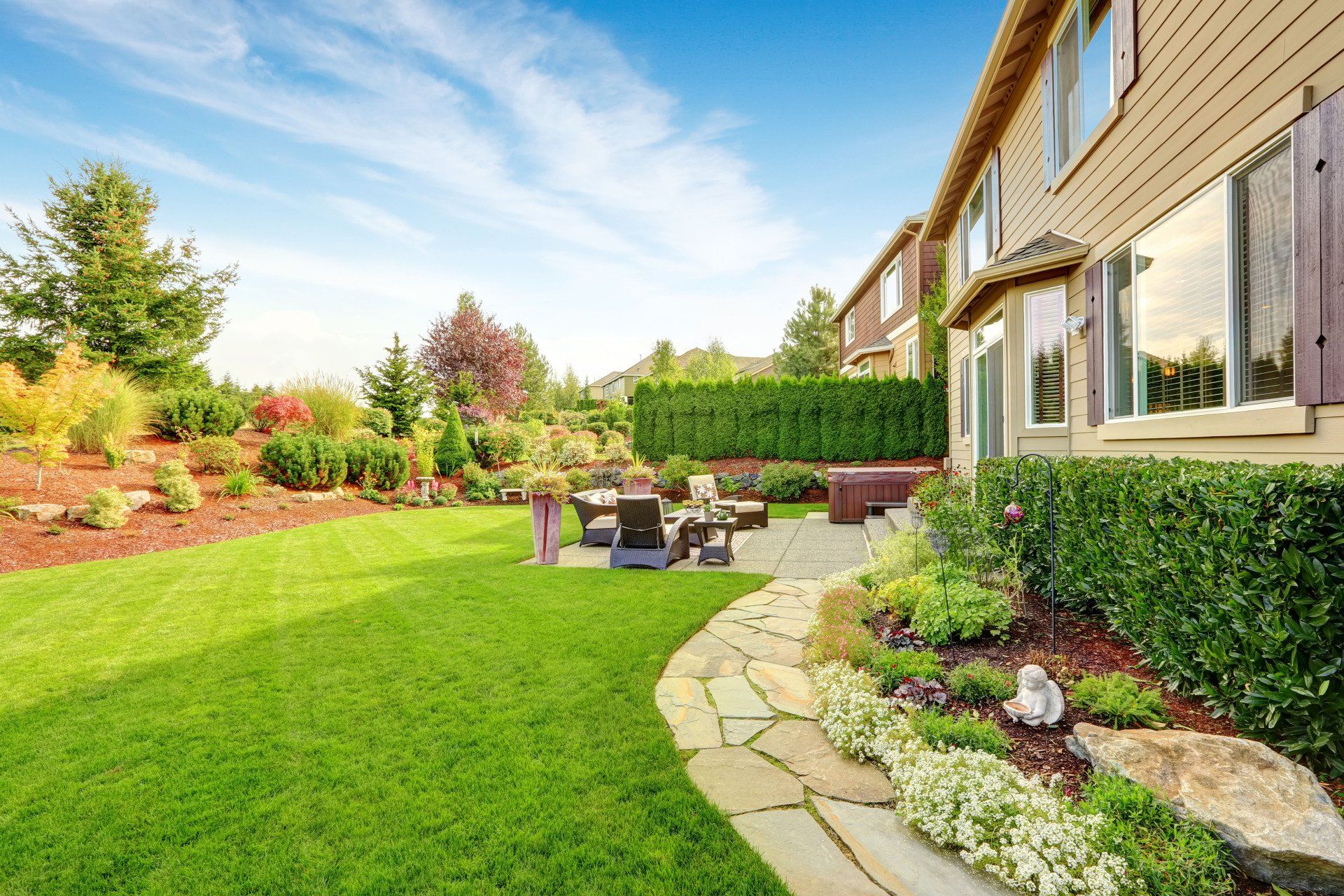
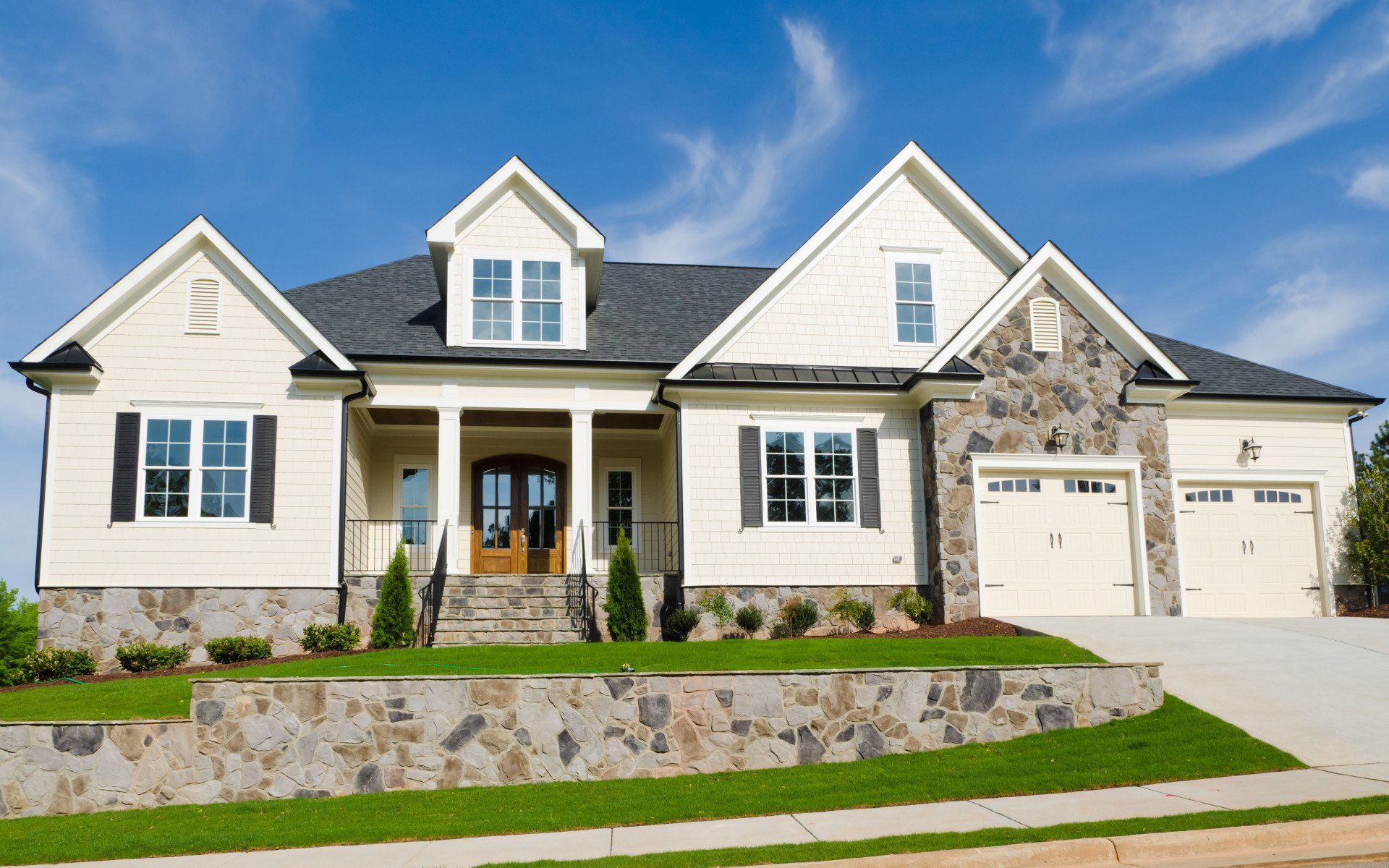





Share On: